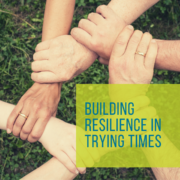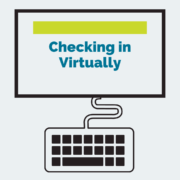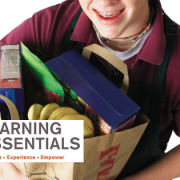The Juggling Act: Executive Functioning Help
One of the more common stressors that parents and students are experiencing with the new distance learning initiatives involves organization. Since students are no longer getting daily, face-to-face instruction, and academic and behavioral supports are likely inconsistent, many executive functioning skills that students would typically acquire and practice in school have been left by the wayside. To add insult to injury, at-home learning, as we’ve begun to realize, requires a great deal of time management, organization, flexibility, task initiation, prioritizing, and self-monitoring on behalf of the student. It is as though we have suddenly removed the training wheels and encouraged students to try mountain biking!
With rotating schedules, office hours, Zoom meetings, email check-ins, daily assignments, and weekly tasks for each subject area, not to mention that these are posted to various online platforms, it is no wonder that parents and students are feeling the stress of juggling so many components. There are strategies, however, that parents and children can begin to employ to help ease the stress and flex their executive functioning muscles!
- Write out a clear, color-coded weekly schedule and post it where all members of the household can view it. Below is a sample for what an elementary or middle school weekly schedule might look like:
| Monday/Wed | AM |
|
| PM |
|
|
| Tuesday/Thurs | AM |
|
| PM |
|
| Friday | AM |
|
| PM |
|
- To help with the initial creation of the schedule, parents should reach out to teachers about the approximate time that their child should be working on the course content per day. Of course, this will vary from time to time; however, the key to building a routine is to set the expectations and stick to them. This includes expected timelines for working during the day.
- If parents believe that their child is spending too much time in front of a screen or is struggling to complete work in a reasonable amount of time, they should reach out to the content teacher.
- Another important detail that parents and students will find helpful is to jot down where each course will be posting their updates and materials. Since some teachers are using Canvas or MyMCPS, while others are using Google Classroom or Padlet, simply finding the work can become a task in itself. To stay sane, keep a running post-it note inside the child’s agenda book or on the back of the weekly schedule. On the post-it should be each teacher’s name, course, preferred platform for instruction, and email address.
- In addition to the post-it cheat sheet for finding materials, parents can help ease transition times between activities by bookmarking crucial websites with their kids.
- To help with time management and prioritizing work, at the start of each week parents should encourage children to consider which tasks will be most difficult and/or time consuming. This allows students to begin to see how prior planning can help alleviate unnecessary stress from procrastination or task-avoidance.
- By writing tasks and due dates in an agenda book, students are enacting executive functioning skills on several different levels. First, the act of writing out each assignment helps to solidify the information into one’s working memory. Secondly, the visual schedule of due dates helps students anticipate priorities and plan appropriately. Finally, when finished with a task, students should check off or cross out the completed assignment. This becomes a satisfying method for self-monitoring one’s progress throughout the week.













